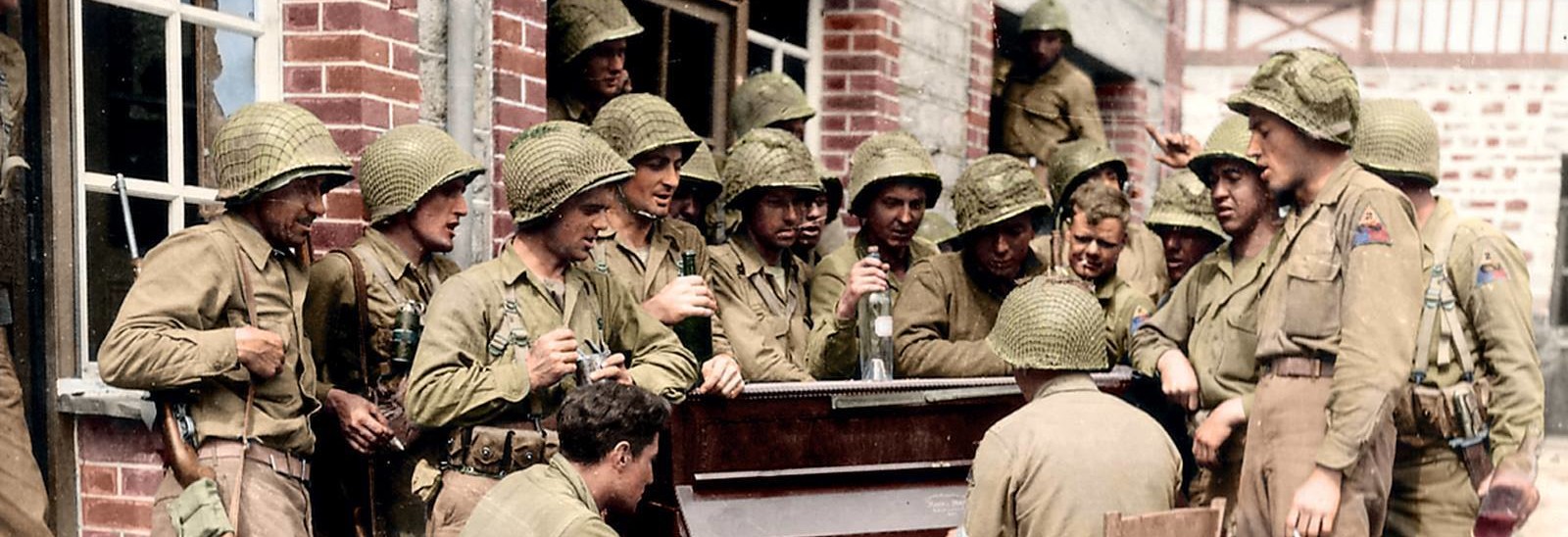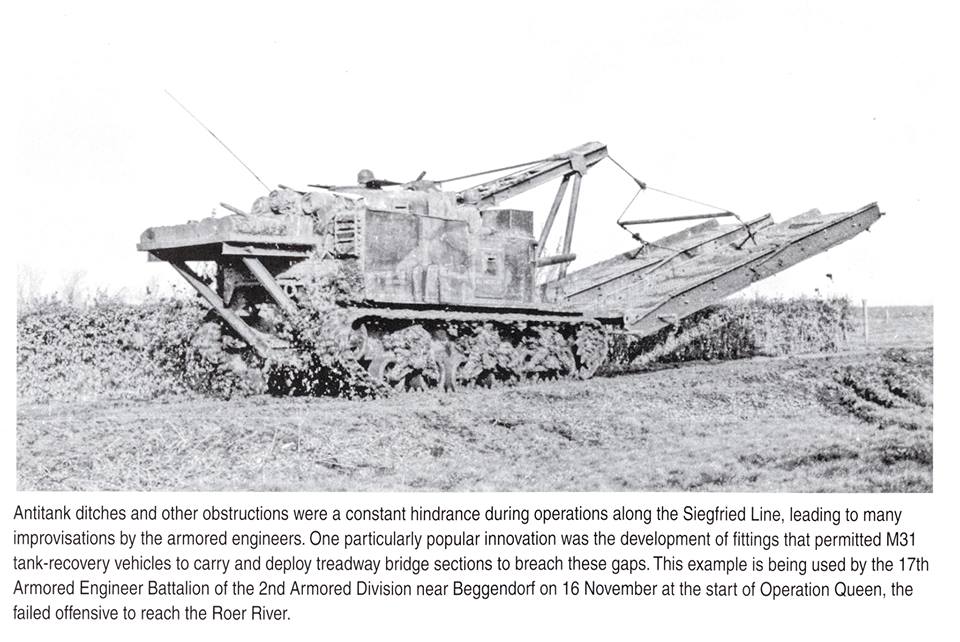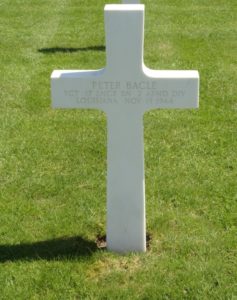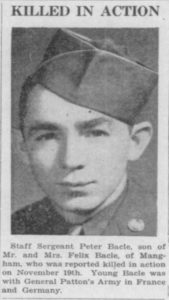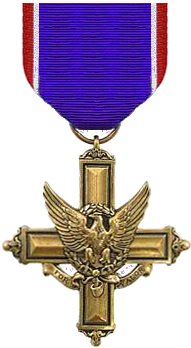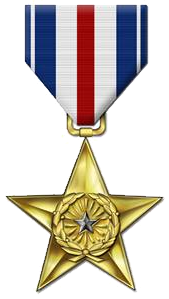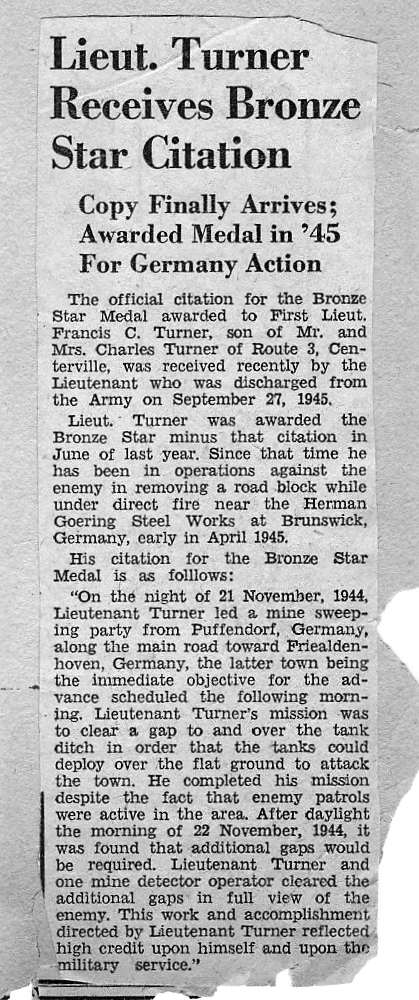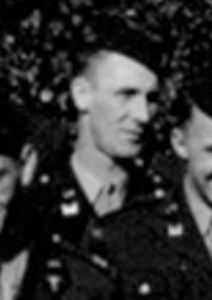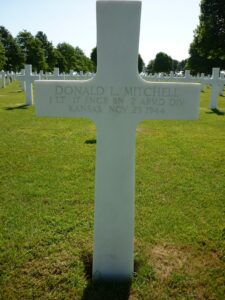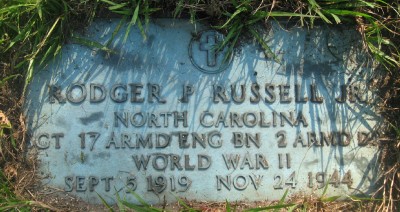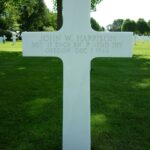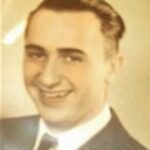Plans were laid for the division to drive from the pill box area en up to the Roer River line. CC “B” was to operate through the center furnishing a company of tanks to a Task Force X under the 406th Inf Regt (104th Div), and to which a platoon of Engrs from Co.”C” was attached. Companies “A” and “B” were with their respective Combat Commands, and Co. “D” was under CC “R” through the operation. The remainder of Co. “C” was in close support of CC “B”.
The front line at the time extended from Waurichen in the north to Baesweiler in the CC “A” zone. Prior to the jumpoff the British aided by the 104th Div. Gave Geilenkirchen a terrific artillery bombardment then marched in and took the area on our north. Cool, rainy weather set in, postponing the expected air support and causing the unpaved supply routes to the front to give way under the heavy traffic. Corps Engineers worked the roads steadily, and road maintenance became a problem for all engineer troops the next few weeks. However, when the attack began, the line platoons found a more important need for their work , Mines, The largest concentration of minefields during their whole operation on Europe were encountered by the l7th Armd Engrs during the Push to the Roer.
During the night before the jumpoff Engineer platoons removed the minefields they had laid in front of our positions, a stone throw away from enemy lines, this work being carried out between November 12 and 15 as the drive was postponed. On 16 Nov. the drive got under way. Co. “B” attached the 3rd Platoon to 3rd Bn 67th AR, and the remainder of the company moved into Drinkhausen to support Task Force 1. During the next eight days, the company removed or gapped four minefields, swept roads from Beggendorf to Loverich, Beggendorf to Floverich, Loverich to Floverich, Apweiler to Immendorf, and from Puffendorf to Immendorf, Loverich and Geronsweiler.
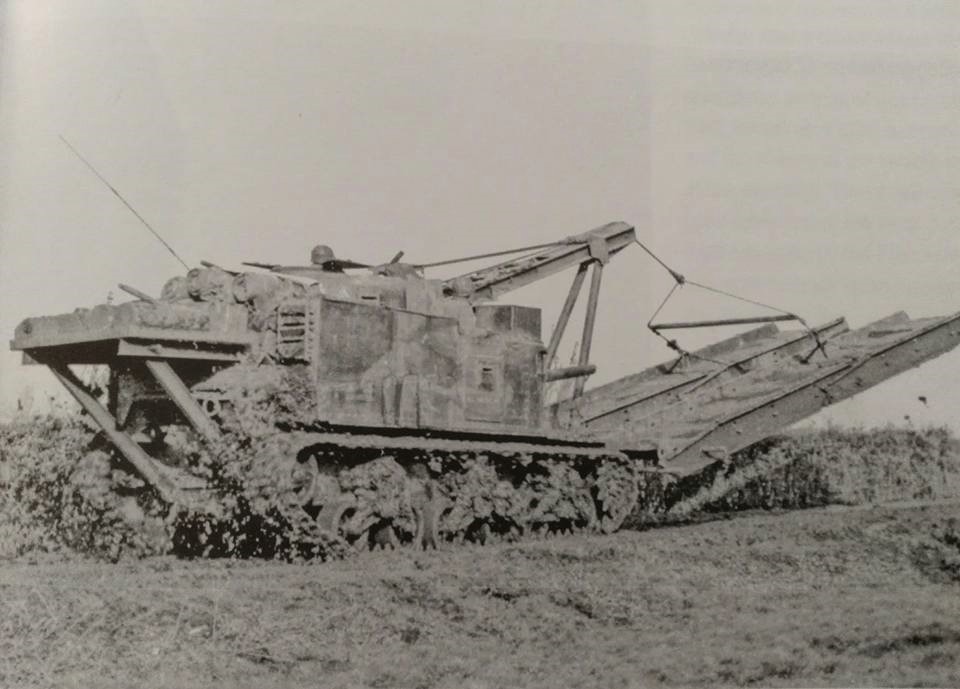
An M31 in action with the 17th Armored Engineer Battalion of the 2nd Armored Division.
This M31 is carrying a section of treadway bridge used for bridging the gaps and antitank ditches found near the siegfried line .
This photo is taken on November 16th 1944 near Beggendorf .
Thanks to Steven Zaloga for the information on the photo.
A total of 482 AT mines and more than 1,500 yards of concertina were laid. Men from the company captured 77 prisoners and large quantities of enemy small arms. The 3rd Platoon of Co. “C” with TF “X” followed the infantry from waurichen, and by the use of bangalore torpedoes blew a gap through a ‘schu’ (shoe) minefield that allowed the Infantry to pass through and take the outer edge of Immendorf, Pvt James Arnold distinguished himself in making this gap when, after the fuze leading to the torpedo failed to work, he fired his rifle into the explosive to set it off after being wounded by the enemy dug in on the other side of the mines. The confusion of trying to follow the path blasted by the torpedo under heavy mortar fire registering on the field caused several American and German soldiers to stray on mines, and the Engr platoon set about removing casualties. About 20 men were evacuated, the probing being a delicate operation with the sensitive AP mines, detectors not being able to pick them up, the operation being under fire and darkness coming in. What appeared inevitable finally happened to Sgt Peter Bacle, one of the squad leaders who had worked up to and evacuated two men, but on his third attempt set off a mine. He was rewarded for this with the Distinguished Service Cross, posthumously.
09-2020
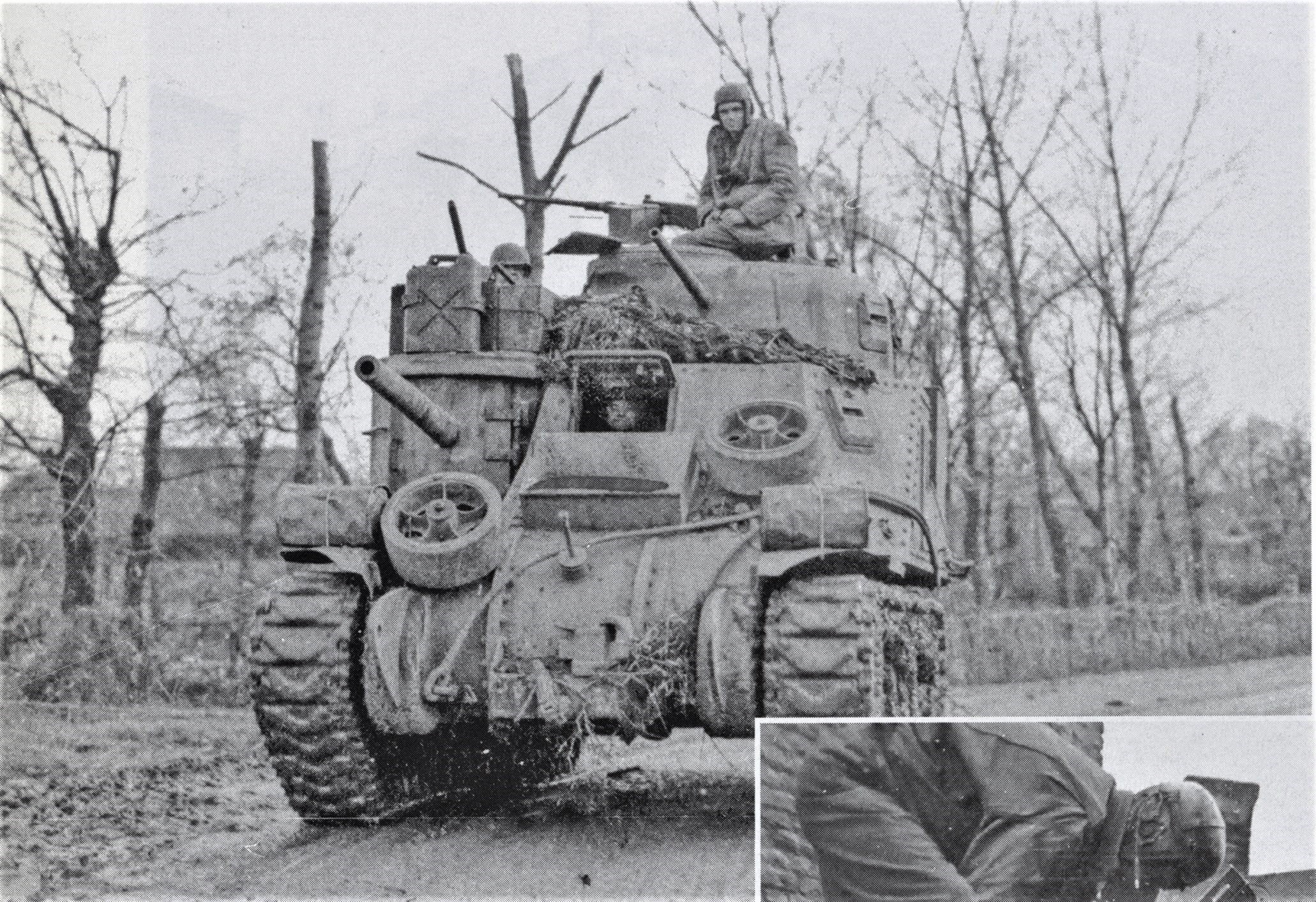
An M31 tank-recovery vehicle of the 2nd Armored Division, 17th Armored Engineer Battalion near Loverich, Germany, on 18 November. Two large attachements haven been welded to the final drive housings for use as an improvised treadway bridge layer. (Source: Real War Photos)
(Edit 1: read more about Sergeant Peter Bacle here in the Roll of Honor)
Official Citation Distinguished Service Cross BACLE, PETER” (DOW):
The President of the United States takes pride in presenting the Distinguished Service Cross (Posthumously) to Peter Bacle (14010206), Sergeant, U.S. Army, for extraordinary heroism in connection with military operations against an armed enemy while serving with the 17th Armored Engineer Battalion, attached to the 2d Armored Division, in action against enemy forces on 16 November 1944, in Germany.Sergeant Bacle´s platoon was assigned a mission of clearing a large and dense minefield. Upon his arrival at the area, he found approximately twenty seriously wounded infantrymen lying in the field. Others who had made previous attempts to reach the helpless men also had become casualties. Directing two medical aid men to remain at a safe distance, Sergeant Bacle, with utter disregards for his own safety, courageously probed for mines, cleared a path to two wounded soldiers and evacuated them to safety. Although the area was subjected ot intermittent artillery and mortar fire, Sergeant Bacle unflinchingly resumed his hazardous task and successfully reached a third comrade who was so severely wounded that he could not be lifted. In turning the wounded man over to roll him upon a stretcher, a mine was set off. He died of his wounds in Holland. He was wounded in the vicinity of Baesweiler, Germany.
Sergeant Bacle’s intrepid actions, personal bravery and zealous devotion to duty at the cost of his life, exemplify the highest traditions of the military forces of the United States and reflect great credit upon himself, the 2d Armored Division, and the United States Army.
Headquarters, First U.S. Army, General Orders No. 24 (February 10, 1945)
By this time the 2nd Platoon had moved up to assist the force, and both platoons moved into Immendorf where they were given the job of laying mines the following day in front of the Infantry positions. A large minefield was to be laid covering the road to. As they commenced this task, having laid mines across the road and a few off one side, three Tiger Tanks with infantry support attacked from the north. The troops took cover. The first tank hit the mines on the road and was knocked out, the other two passed on the safe shoulder and went towards town where a Tank Destroyer knocked out the leading one ; the other turned around, picked the wrong side of the road to pass its former companion and was destroyed by the mines off the road. Following this action the minefield of 1,000 mines was completed with nothing eventful happening,
The large fields of of Holz (wooden box) and Reigel mines laid by the Germans throughout this area had knocked out several of our attacking tanks, To salvage these, the Engineer platoons worked with Ordnance wrecker crews, clearing lanes up o the vehicles so they could be pulled out. Co. “B” assisted in the removal of ten tanks, and Co “C” cleared lanes for several others.
Co, “A” began operating 17 November with CC “A” around Loverich and Setterich, where a number of minefields were marked and mines planted in the streets were removed. Their mobile water point was brought with them to service front line troops. Platoons took 43 mines when clearing the road from Puffendorf to Freialdenhoven 20 November.
Edit: Lieutenant Francis Turner was awarded the Bronze star for an operation at night on the November 21st, 1944.
Read more about Lieutenant Francis Turner and his heroic action here: Veteran Mr Francis C. Turner
The following day the 1st Platoon laid 401 mines for a defensive position north of Ederan, the 2nd Platoon adding 410 the next day. Similar work employed the troops as the drive pushed through Freialdenhoven to Merzenhousen and into Barmen, which overlooked the Roer River valley, and which was entered 28 November.
![17th Engineers Ederen Germany CCA Book Hell-on-Wheels-in-the-Drive-to-the-Roer-May-1949[1] (2)](https://www.17th-engineers.nl/wp-content/uploads/2019/04/17th-Engineers-Ederen-Germany-CCA-Book-Hell-on-Wheels-in-the-Drive-to-the-Roer-May-19491-2.jpg)
17th Engineers Ederen Germany with CCA (source: Book Hell-on-Wheels-in-the-Drive-to-the-Roer-May-1949)
On 19 Nov Co. “D” moved from Ubach to Setterich shortly after it was taken to clear mines from streets and paths, then swept the road into Puffendorf. A tank battle was raging on the outside of town, and it was necessary to gap a minefield east of Puffendorf and Setterich to get the tanks through for their attack on Freialdenhoven. The following day the 2nd Platoon moved into Freialdenhoven and cleared streets up to the forward outposts. The town was found to be loaded with mines. During the next three days between 250 and 300 mines were lifted from the streets and large quantities of mines were found cellars of buildings. Two platoons went into the line west of Merzenhousen. The 3rd Platoon remained at the job of removing mines, during which, on 23 Nov Lt. Mitchell was killed while standing near a truck which set off a mine on a road which had been swiped two times before, evidently a wooden type that the detectors failed to pick up. Co. “A” moved into Freialdenhoven 26 Nov to relieve Co. “D” which then moved into the former Co. “A” billets at Baesweiler. Co.”A” held only a temporary tenancy in town, however, being relieved by Co. “C” 1 December. The latter, being assigned to CC “B” for the period, remained in Freialdenhoven until 20 December, continuing the work of mine clearance and maintaining roads to the front. From the beginning of its occupations the town was under artillery fire, and enemy planes were frequent visitors at dusk. With the exception of Co. “B”, which was billeted in Oidt – weiler and Alsdorf for a maintenance and training period, and Co. ‘E” which was at Terwinselen, the first 20 days for the remainder of the Bn was spent at Baesweiler, also performing maintenance and conducting schools for other divisional units in mine warfare.
(Edit 2: Technical Sergeant Gordon “Gordy” James Ketchpaw, of Company E were billeted as guests in civillian homes during last two weeks of september 1944. Read more here about: The story of Technical Sergeant Gordon “Gordy” James Ketchpaw)
(Edit 2: 1st Lieutenant Donald L Mitchel was killed in Action)
(Edit 3: Sergeant Rodger Pernell Russell Jr died of wounds on November 1944)
(Edit 4: Sergeant John W Harrison died of wounds on 9 December 1944)
A research report of the officer candidate school:
Hell on Wheels in the drive to the Roer
2nd Arnored Divisions limited objective attack from 16 to 28 November in the Roer River Offensive against a grimly defended segment of the Siegfried Line
HISTORY-Hell-on-Wheels-in-the-Drive-to-the-Roer-May-19491
